

deep insights, facts & figures

The North European DIY markets have their individual characteristics. Although they have felt the effects of the financial crisis, the forecasts look good
Describing the DIY markets in the countries of northern Europe always demands a certain bold use of inexactitude. The DIY store is not often to be found – the borders between DIY stores on the one hand and builders’ or timber merchants on the other frequently being far too blurred. It is not always possible to categorize the sales within an individual trading brand either. Denmark Perhaps such categorization succeeds best in Denmark, the most southerly of the northern European countries. As the DIY Retailing Report of Mintel, a UK market research institute, stresses, “The Danish DIY retail sector is one of the most concentrated in Europe.” The report estimates that almost the entire volume of DIY sales transacted in this country ends up in the tills of the sector’s five biggest companies. The DT Group (Danske Traelast) is regarded as the market leader. It has belonged to the British Wolseley Group since 2006 and is represented in the market by Silvan, a DIY chain, and Stark, a builders’ merchant channel. Ditas, a cooperative that has brought its various formats together under the XL-Byg trading brand since 2007, is seen to be in second place. These two groups achieve a market share of around 30 per cent each. Nevertheless, the greatest total sales area is claimed by a foreign company: the German Bauhaus chain has just 16 stores but a combined sales area of 146 000 m² in this neighbouring country across its northern border. Its market share is estimated at around twelve per cent. The market has suffered during the crisis, shrinking in 2008 by 5.7 per cent on the previous year to an estimated DKr 12.6 bn. However, expectations for the future foresee a marked increase again to more than DKr 15 bn as early as 2014. Norway Denmark’s neighbour Norway, dominated by Denmark up to 1814, then by Sweden until 1905, was less affected by the crisis because of its oil reserves. The DIY sector had nevertheless to cope with a sales decline of 4.4 per cent to NKr 27.190 bn. The Norwegian market is far more fragmented than in Denmark. It is headed by the Byggmakker cooperative, which belongs to Rautakesko, the DIY and builders’ merchant division of Kesko, the market leader in Finland. At the end of 2009 it had 113 stores in Norway and annual sales of NKr 6.8 bn. Following in second place with a similar sales level (though this includes a big trade share) is Montér, a subsidiary of Saint Gobain, a French building ma-terials group. The Lovenskiold Group, which is still…
Related articles
Read also

 Menü
Menü



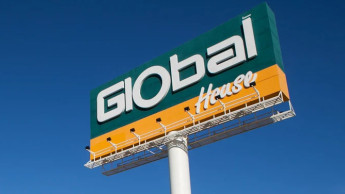
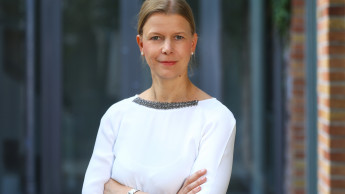
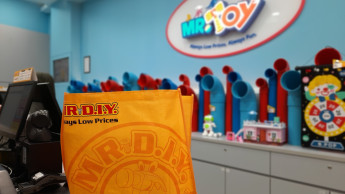




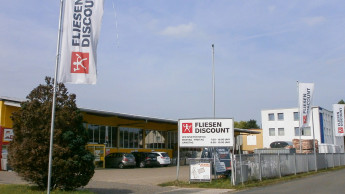
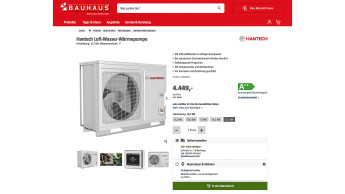
 Newsletter
Newsletter